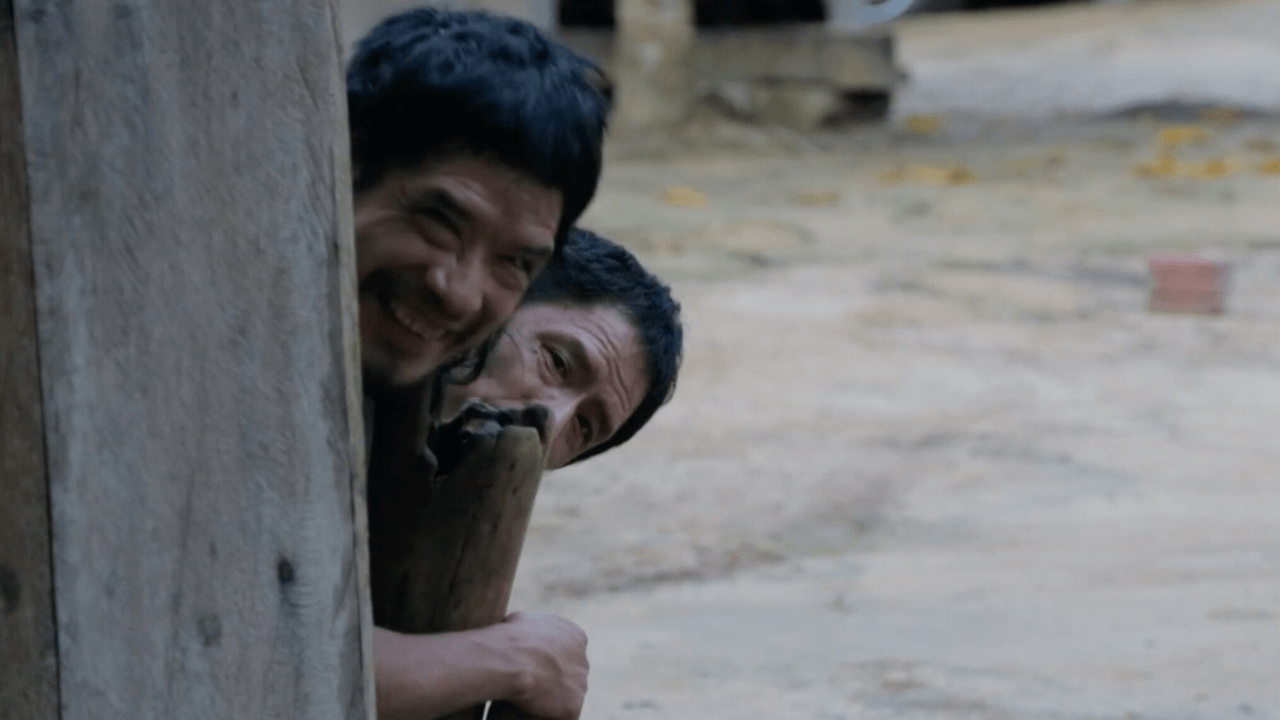In the heart of the Amazon rainforest, a remarkable narrative unfolds – the saga of the Piripkura tribe. At its core is Tamandua Piripkura, one of the mere three survivors of this native community. Their story embodies the unwavering battle of Indigenous people against the intrusion of the modern world.
Who is the Piripkura Tribe?
- The Piripkura tribe is a secluded indigenous community residing in the Brazilian Amazon rainforest.
- Renowned for their isolation, they have minimal interaction with the outside world.
- Throughout generations, they have deliberately refrained from engaging with mainstream society, steadfastly preserving their ancestral customs.
- Situated in the state of Mato Grosso, Brazil, the Piripkura territory is nestled within the Amazon rainforest.
- This area is teeming with biodiversity and holds immense ecological significance, contributing to the equilibrium of the region.
Their Dwindling Population
- The Piripkura tribe’s population is believed to comprise merely three members.
- Precise population data are hard to ascertain due to their seclusion and the complexities of conducting a thorough census.
- Their existence is imperiled by an array of challenges, including illegal logging, mining activities, and encroachment on their land.
Some other tribes of the Amazon Rainforest
- Yanomami: The Yanomami, a sizable indigenous group, call the Amazon their home, residing in the rainforests of Brazil and Venezuela. They’re famous for their intricate social structure and shamanistic customs but have been gravely affected by diseases brought by outsiders and illegal mining activities.
- Kayapo: The Kayapo people inhabit the Brazilian states of Pará and Mato Grosso. Renowned for their vibrant traditions like body painting and detailed beadwork, they’ve actively engaged in environmental and land rights advocacy to safeguard their territory from deforestation and mining.
- Ashaninka: The Ashaninka people reside across Peru and Brazil. They proudly uphold their cultural identity and have played a crucial role in defending their rights and preserving their land against logging and unlawful coca cultivation.
- Tukano: Found in the Upper Amazon regions of Brazil, Colombia, and Venezuela, the Tukano are known for their spiritual practices and profound knowledge of the rainforest ecosystem.
- Awá: Considered one of the planet’s most endangered tribes, the Awá live in the Brazilian state of Maranhao, facing threats from illegal logging, mining, and encroachments on their land.
- Waiapi: The Waiãpi call the Brazilian state of Amapa their home. Their deep connection to their ancestral lands has led them to confront challenges arising from mining activities within their territory.
- Matses: Residing on the borderlands of Brazil and Peru, the Matses possess traditional knowledge of plants and medicine, sustaining their way of life through hunting, fishing, and gathering.
- Xavante: The Xavante people live in central Brazil. Proud of their rich cultural heritage, they’ve grappled with historical struggles related to land loss and assimilation efforts.
- Bora: The Bora people inhabit the Amazon regions of Peru and Colombia, celebrated for their intricate weaving and vibrant art forms.
- Awa-Guaja: Also recognized as the Guaja, they inhabit the Brazilian state of Maranhão. With their unique language, they’ve confronted challenges from illegal logging and land invasion, striving to preserve their way of life.
- Weekly Current Affairs 2025 PDF For Bank, SSC, UPSC Exams
- Unsung Heroes of India: 10 Unknown Freedom Fighters You Should Know
- 26 December Current Affairs 2023 in English
- Daily Current Affairs 2025, Check Today’s Current Affairs
- April Month Current Affairs 2024, Download PDF
- June Month Current Affairs 2024, Download PDF

Hello, I’m Aditi, the creative mind behind the words at Oliveboard. As a content writer specializing in state-level exams, my mission is to unravel the complexities of exam information, ensuring aspiring candidates find clarity and confidence. Having walked the path of an aspirant myself, I bring a unique perspective to my work, crafting accessible content on Exam Notifications, Admit Cards, and Results.
At Oliveboard, I play a crucial role in empowering candidates throughout their exam journey. My dedication lies in making the seemingly daunting process not only understandable but also rewarding. Join me as I break down barriers in exam preparation, providing timely insights and valuable resources. Let’s navigate the path to success together, one well-informed step at a time.






